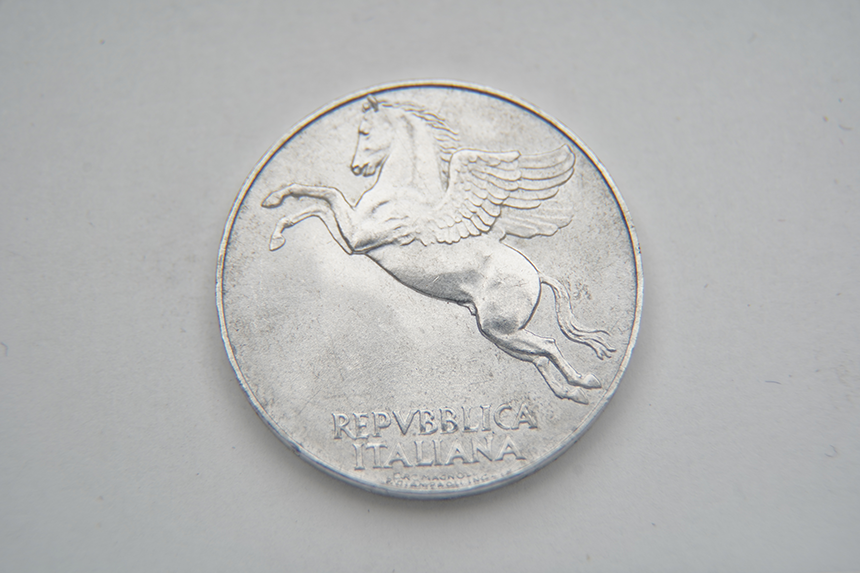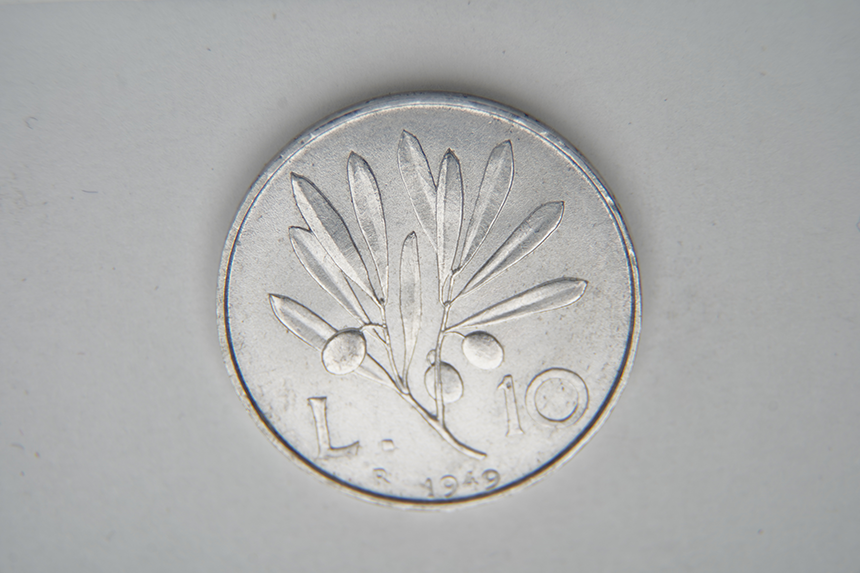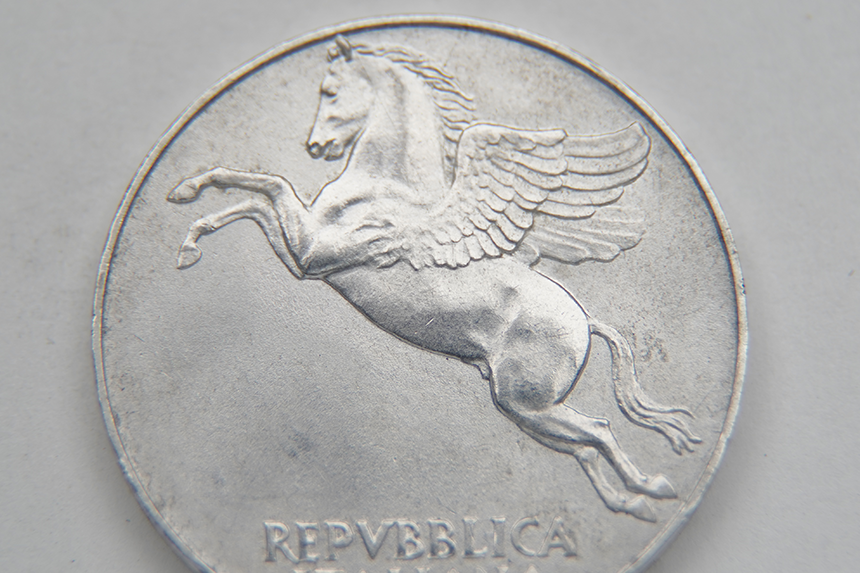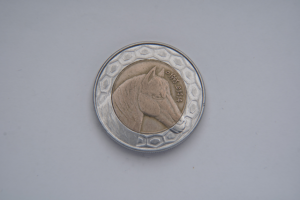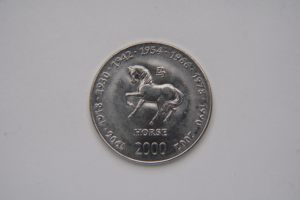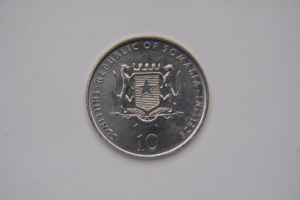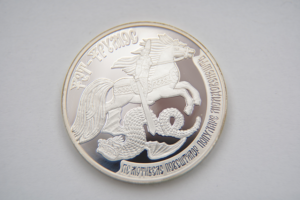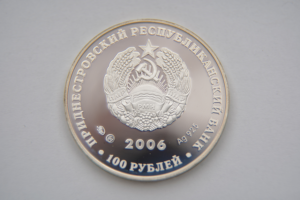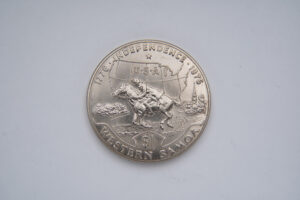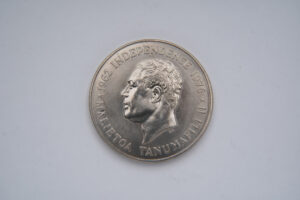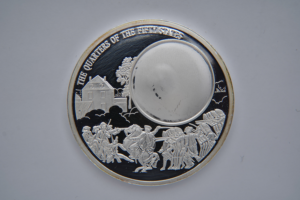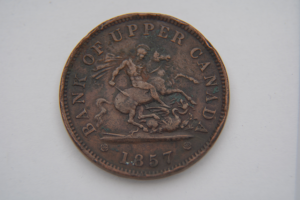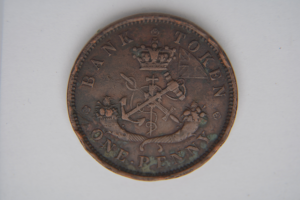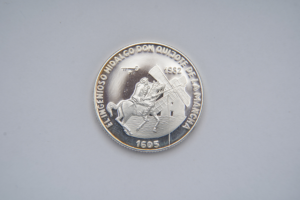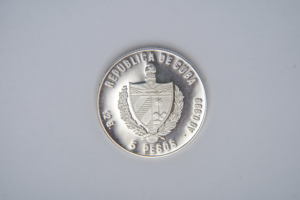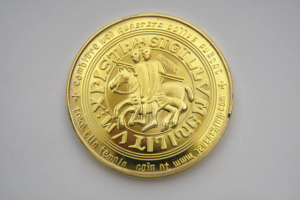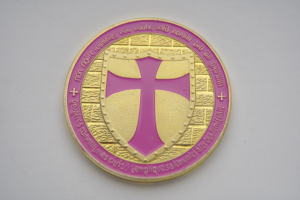Olives in ancient Rome.
Reverse of the coin.
Big size of obverse of the coin.
More information
Olives in ancient Rome.
So here we have the Italian lira, nominal - 10. The year of issue of this coin is 1949, mint: Rome, Italy. Total circulation – 49.500.000.
According to Pliny the Elder, a vine, a fig tree, and an olive tree grew in the middle of the Roman Forum. The olive was planted to provide shade (the garden plot was recreated in the 20th century).
The Roman poet Horace mentions it in reference to his own diet, which he describes as very simple: "As for me, olives, endives, and smooth mallows provide sustenance". Lord Monboddo comments on the olive in 1779 as one of the foods preferred by the ancients and as one of the most perfect foods.
Vitruvius describes of the use of charred olive wood in tying together walls and foundations:
“The thickness of the wall should, in my opinion, be such that armed men meeting on top of it may pass one another without interference. In the thickness there should be set a very close succession of ties made of charred olive wood, binding the two faces of the wall together like pins, to give it lasting endurance. For that is a material which neither decay, nor the weather, nor time can harm, but even though buried in the earth or set in the water it keeps sound and useful forever. And so not only city walls but substructures in general and all walls that require a thickness like that of a city wall, will be long in falling to decay if tied in this manner”.
Object data
Title
Olives in ancient Rome.
Artist
Both sides: Giuseppe Romagnoli, Pietro Giampaoli.
Founder
Rome, Italy.
Date
1949.
Culture
Italy.
Medium
Aluminum.
Dimensions
3x29x2.1.
Classification
Coin.

